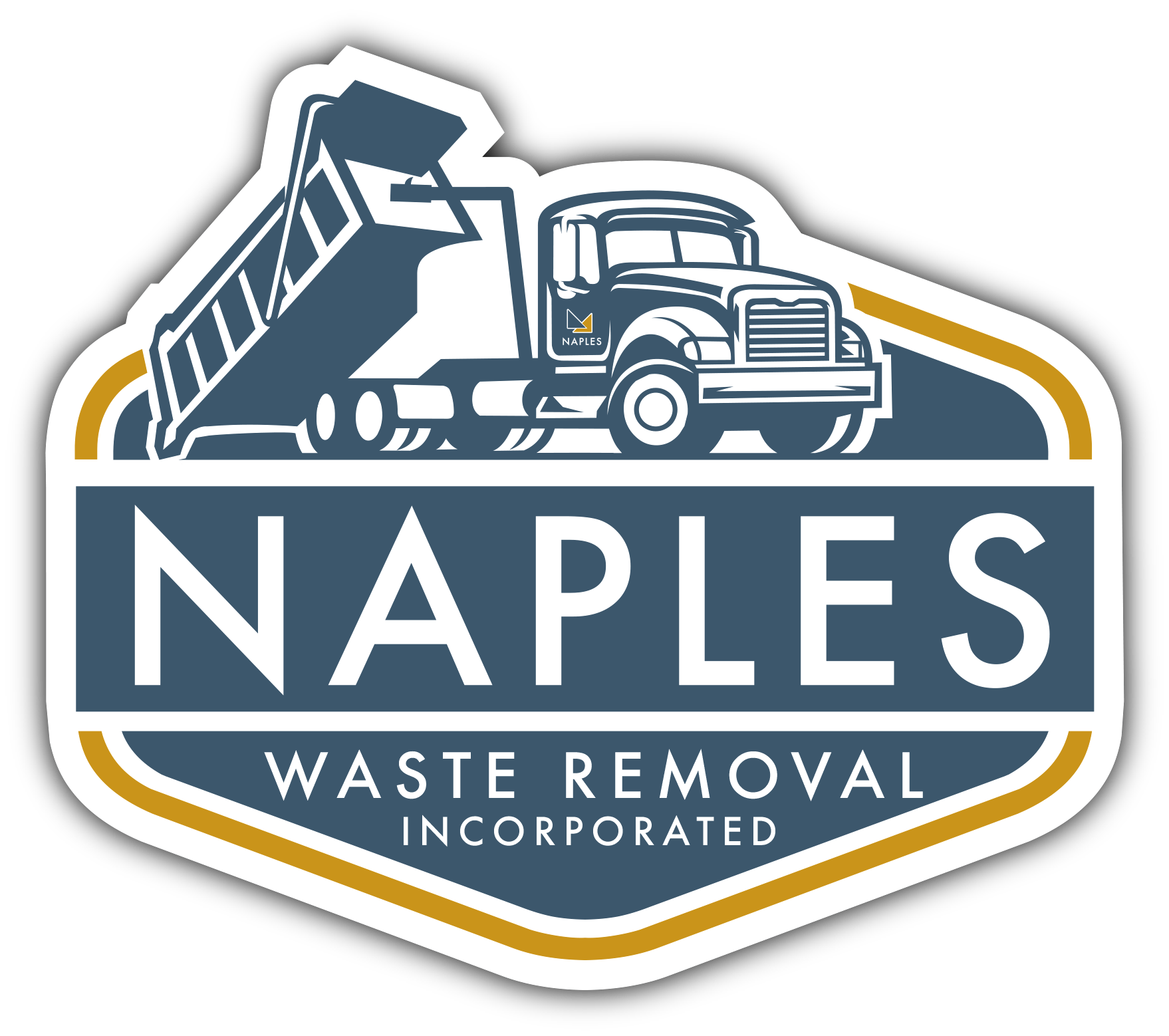
How to Handle Junk Removal for Landlords: The Ultimate Guide to Streamlining Property Cleanouts
Managing rental properties can be challenging, especially when dealing with leftover junk from previous tenants. Whether it’s old furniture, broken appliances, or piles of trash, clearing out a property quickly and efficiently is essential for maintaining a good rental business. In this guide, we’ll cover everything landlords need to know about junk removal, from understanding its importance to handling it smoothly and affordably.
Why Junk Removal is Essential for Landlords
Leaving a property cluttered with junk not only affects its appearance but can also create legal and health concerns. Here’s why junk removal is vital for landlords:
- Improves Property Appeal: A clean, junk-free property attracts better tenants and rents faster.
- Prevents Health Risks: Leftover junk can harbor pests, mold, and bacteria, risking tenant health and safety.
- Avoids Legal Issues: In some areas, landlords are legally required to provide safe, clean living spaces.
Key Steps for Efficient Junk Removal
When faced with a property full of unwanted items, here’s a streamlined approach to tackle the mess effectively.
1. Assess the Extent of Junk
First, take a walkthrough of the property to understand the volume and type of junk that needs to be removed. Document everything with photos or notes to keep a record of the items left behind.
- Furniture: Old sofas, beds, tables, or broken furniture.
- Appliances: Check for any non-functioning refrigerators, stoves, or microwaves.
- Miscellaneous Junk: Boxes, clothes, or other abandoned belongings.
Pro Tip: Creating an inventory helps you understand what’s reusable, recyclable, or simply trash.
2. Decide What to Keep, Donate, or Discard
Not all items left behind are necessarily junk. Evaluate items based on:
- Condition: If items are in good shape, consider donating them to local charities.
- Potential Reuse: Sometimes, furniture or appliances can be repurposed in other rental units.
- Immediate Disposal: Discard broken or unusable items that only take up space.
Example: A landlord in your area might partner with a local charity to pick up unwanted furniture for free, reducing removal costs.
3. Choose a Junk Removal Method
Depending on your budget, timeline, and property’s location, there are several ways to remove junk.
| Method | Pros | Cons |
|---|---|---|
| DIY Removal | Low cost, complete control | Time-consuming, requires transport |
| Dumpster Rental | Good for large, ongoing cleanouts | May need permits, extra costs |
| Junk Removal Service | Quick, professional | Higher cost |
How to Choose a Junk Removal Service
If you decide on a professional service, keep these factors in mind to ensure you get the best value.
- Reputation: Check reviews and references to find reliable providers.
- Pricing: Look for upfront pricing or free estimates to avoid surprise fees.
- Environmental Practices: A responsible junk removal company will recycle or donate as much as possible.
Questions to Ask Your Junk Removal Provider
Before hiring, ask your junk removal company:
- Do you provide free quotes or estimates?
- What’s your typical response time?
- Do you offer recycling or donation services?
Common Junk Removal FAQs for Landlords
Q: What if Tenants Leave Behind Hazardous Waste?
Hazardous materials like paints, batteries, or chemicals require special handling. Contact your local waste management facility for guidance on disposing of these safely.
Q: How Much Does Junk Removal Typically Cost?
Prices vary, but average costs range from $200 to $600, depending on the volume and type of junk. Dumpster rentals may cost around $300 to $500 per week.
Q: Can I Charge the Tenant for Junk Removal?
Yes, if your lease agreement includes a clause on tenant responsibility for property conditions. Document all leftover items and removal costs to potentially deduct from the security deposit.

